how to draw some 3d shapes
A concise drawing tutorial touching on all the fundamental principles of drawing in perspective.
In the previous drawing tutorial episode we explored ahow 2D shapes make up a subject area. In this drawing tutorial nosotros're shape shifting into another dimension!
Information technology's a topic that might be alien to some of you, just we'll be drawing 3D Shapes in 1, ii and 3 betoken perspectives... and, nosotros'll learn how to accurately forshorten objects.
This is a subject that requires some focus equally it's more technical than other topics. It's a subject that can be difficult to grasp and needs to be done right.
When we look at an object or a scene, we notice information technology varies depending on our perspective; the appearance of an object is all relative to the perspective or viewpoint. And then what does perspective officially mean?
According to Google: "The art of representing iii-dimensional objects on a two-dimensional surface then as to give the right impression of their height, width, depth, and position in relation to each other."
So nosotros basically demand make certain the perspective is right, because every time you lot create a drawing for someone else to run into, they are viewing the object, or scene through the lense that yous create for them. And it needs to look accurate, unless you lot're an abstruse artists, because you're non required to accurately depict reality. Notwithstanding, if information technology's a real scene you're portraying and some of the relationships between these objects aren't accurate, then the image will break down.
The scene will look flat, and so nosotros're shape shifting dorsum to 2d apartment images, it's all about creating magic that people believe in! Annihilation that feels unnatural, or out of place instantly breaks the viewers engagement and emotional connection to the drawing and they're taken out of the scene.
The most important 2 things you demand to remember in all of this is:
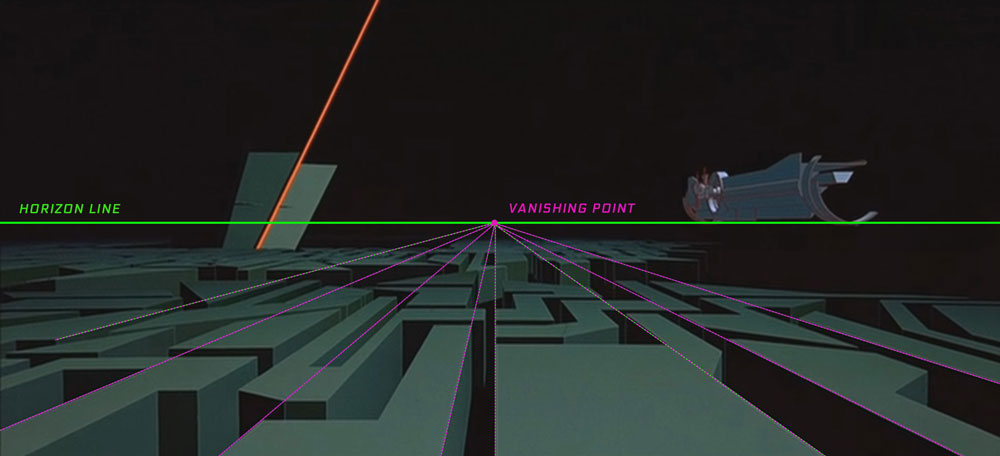
The Horizon line
-
This merely represents the eye level of the viewer.
-
In that location can only ever exist 1 horizon line.
Vanishing Points
-
The point at which receding parallel lines announced to converge.
one Point Perspective
And so let'due south starting time with the basic type of perspective…
Here'southward an a simple epitome of 1 Indicate Perspective taken from the movie Tron. It has a single vanishing point and a unmarried Horizon Line.
So to create our own one Indicate Perspective drawing, Let's start by giving the 2D image a place in a 3D environs.
- Establish the horizon line. This is the eye view level that we are viewing the shape, or soon to be cube. Are we looking higher up the Cube? Beneath information technology? If nosotros're looking above the the shape, he horizon will be lower down. If nosotros're looking beneath the shape, the horizon line will be in a higher place.
- Establish the vanishing point on the horizon line, a point that we're looking down towards. This is what ultimately determines which side of the cube appears to is. So place the dot on the horizon line, this will determine our Vanishing Point.
- Depict the shape anywhere on the canvas
- Extend the lines from the edge of the shape so they converge towards the Vanishing point.
- Fill up in the lines to determine the length of the new visible edge. Now we have a cube in a scene! At present yous know 1 indicate perspective.
You tin can exercise drawing in perspective by Generating tasks for you to depict. It prompts y'all with random coordinates and shapes to place in 3D space on the perspective grid. (Click to download!)
Now you're on yous manner to agreement perspective drawings!
two Point Perspective & Measuring Points
Two point perspective is the most common type of perspective used in a scene, it'south more dynamic than 1 bespeak perspective as it has multiple viewing angles.
By cartoon perfect cubes in perspective, it means that we can use them every bit a base to decide the shape of more complex shapes with meliorate accuracy and efficiency. In order to get that perfect cube we need to understand how to establish measuring points. These points will requite u.s.a. perfect measurements for the sides of the cube within the 3d space based on the ii viewing angles.
Step by pace guide:
- First we need to detect the Horizon Lines & Vanishing points.
- Next we identify a vertical line somewhere across the horizon. This is wher ethe first border of our shape will appear, it's also where we will find out Distant Point, the indicate where we determine our measuring points.
- Now nosotros accept a correct angle foursquare over verticle line.
- Place one of the side on vanishing point 1
- And so identify the other side on Vanishing bespeak two
- And then brand certain the corner point of the right angle falls on the kickoff verticle line
- Now to establish the Measuring Points we demand to:
- Connect two lines from each Vanishing point to the Distance point
- Then overlap the length of each line ba6ck across the horizon
- The ends of these lines determine our two measuring points
- Next nosotros demand to make sure the viewing angle is no greater than 120 degrees or the shape will look distorted (non ideal for a cube)
- We so decide what the full length of the first edge will be!
- We and then copy it twice and place them in a mirrored germination at the base of our first edge
- The edges of these 2 new lines will then connect to our measuring points
- Now we can begin to build up our 3D cube based on the foundation lines established
- Extend all of the remaining lines from the edges of the shape towards the vanishing points.
Now you should have a cube in perfect 2 point perspective!
3 Betoken Perspective
Ok and then 3 Point Perspect is similar to 2 Bespeak Perspective, merely you tin can guess what the deviation is no doubt!
At that place's a 3rd vanishing point, the primary differene is that it's not placed on the horizon line. It's normally placed higher up or beneath the horizon depending on the viewing angle you want to achieve.
When creating a shape in 3 Bespeak Perspective, you lot can start out by utilising the steps from the 2 point perspective procedure, specially if you want to create a cube with accurate dimensions.
- Follow the steps for two point perspective
- Add the 3rd vanishing point
- Extend guidelines from VP3 through the points of the front corners of the cube to decide their shape within 3 point perspective environment
- Redraw the lines of the cube
What I have noticed is that this process is essentially creating an illusion of 3point perspective, considering if you lot were to extend guidelines from the third vanishing point upward through all of the corners, then the shape is not coherant. We're only concerned with the front facing side of the cube. This is the but affair that nosotros're concerned with because it's the only thing visible to the viewer. It'due south an illusion, and one that suits us artists.
Understanding true 3 point perspective would require you to institute measuring points for the edge of the cube, which isn't and so practical for artists.
If y'all want to describe other shapes that aren't necessarrily a cube that has equal dimensions, it would exist an option to draw in all 3 vanishing points get-go, and then build up the shape within all of these guidelines.
Step 1
Follow steps from 2PP
Pace ii
Add in tertiary VP (*Run into 3PP advice)
Footstep 3
Establish new perspective lines.
Step four
Finalize 3PP shape lines.
Step 5
Add together in shades for volume.
Key things to consider in 3PP
-
iii Point Perspective is usually used in comics to demonstrate tiptop so the 3rd VP should usually above the shape, and above the horizon line.
-
If the viewing angle is from the perspective of a persion in a scene at basis level, then it would exist best to identify the third VP in the heart of the horizon line otherwise the shape volition distort and await odd.
Foreshortening in Perspective
Before we go we finish up, at that place'due south ane more than valuable piece of information which yous need to understand and that is altitude within the perspective.
Altitude has a way of breaking down the length of things in a set rhythm. See this building here, the with of each window gets smaller and smaller the further into the distance it goes.
But how do nosotros work out these dimensions for our own scene? Ok so let's go back to our cube! And extend information technology right dorsum…
All of which tin can be measured using the Vanishing points in relation to the lines of the object. Ok so what nosotros need to outset is establish our cube, we'll apply the one from the previous demonstration…
- Observe the middle point of the front end facing side we want to extend, cross the diagonal froms each corner of the cube to get the middle point
- We run a line from the vanishing point through the to the heart point nosotros created, in that location'southward an intersection point where this newly create line enters the cube
- Then we need draw a diagonal line from the superlative corner off the cube, through this new intersection point
- Then we draw a vertical line upwardly upward to become the new tiptop
- Then dorsum down to the bottom corner to creat a new mid point
- From here, we keep subdividing down the primal line towards the vanishing betoken...
- Finally, nosotros overlay our construction lines with newly established foreshortened edges.
- Pace 1,2 & three: Find Middle Point
- Step 4: Cross Line for Edge
- Step 5: New Middle Bespeak
- Stride 6: Echo
- Pace vii: Perspective Lines
- Forshortening Complete
So this is foreshortening in perspective! It can be applied to whatsoever tpe of perspective drawing, with one, 2 or 3 vanishing points! Simply remember to follow the process outlined here and information technology should all exist relative in relation to your grid.
Side by side Steps To Comeback...
Practice Drawing in one,2 & 3 Indicate Perspective!
Perspective is something you demand to practice to become fluent at. You need perspective for a broad range of drawings and paintings from environments designs, character designs, mechanical drawings such equally vehicles, props and then on.
It's used in everything so y'all need to larn information technology, understand information technology, and make sure it's accurate! Glitches in your portfolio will bring everything else down, no thing how well rendered it is. So information technology needs to exist learned properly! Yous can practice drawing in perspective by solving tasks generated with the Perspective Drawing Task Generator. Information technology volition prompt yous with coordinates for all vanishing points, horizon line and various types of shapes. You can as well download the .PSD grid that works in conjunction with the drawing job generator.
There's also varying levels that you can go through every bit you improve, for now Level 1 focuses on more than simple shapes and eventially Level ane and Level 2, 3 volition focus on drawing more circuitous shapes, merging shapes and objects and and then so on!
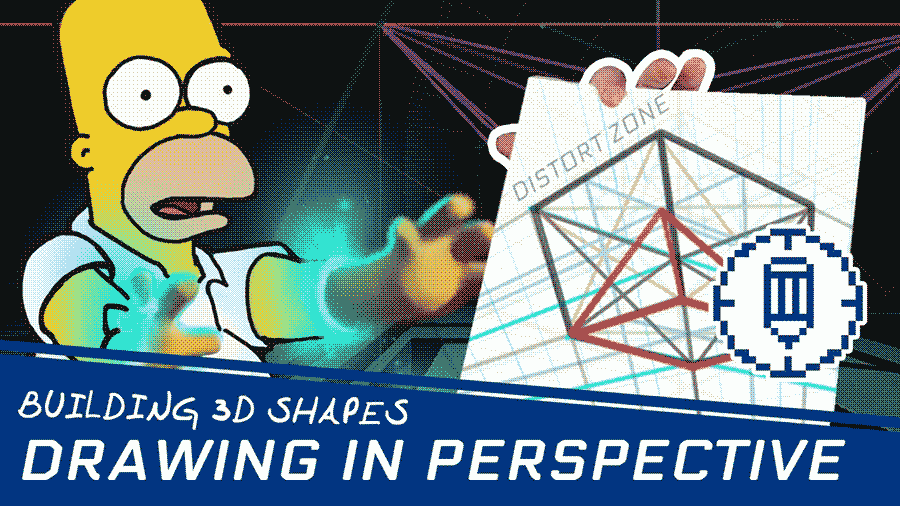
![]() Video Tutorials
Video Tutorials![]() Task Generators
Task Generators
danielsdevescithhen.blogspot.com
Source: https://www.conceptstart.net/art-tutorial/drawing-3d-objects-in-1-2-3-point-perspective
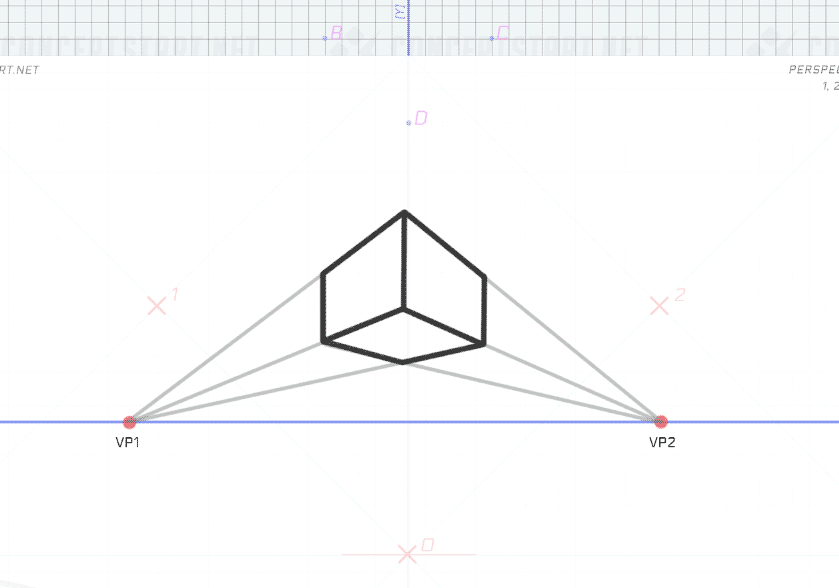
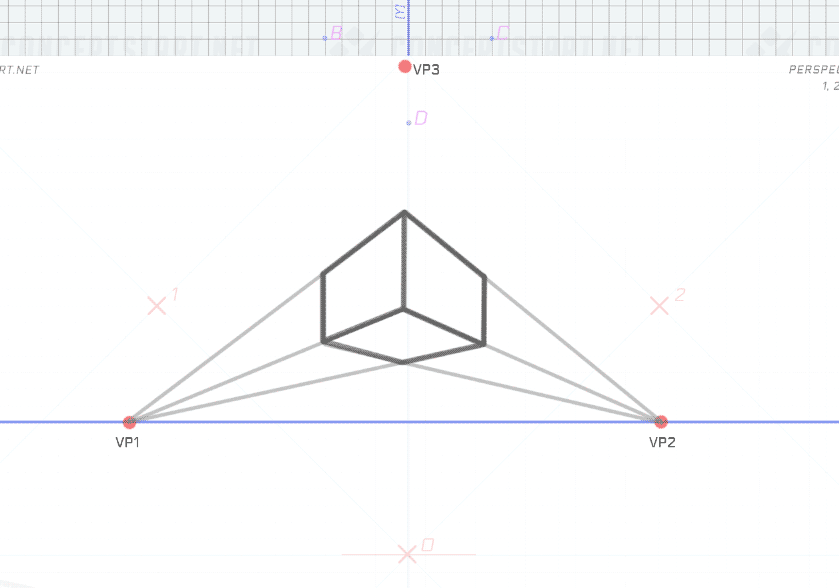
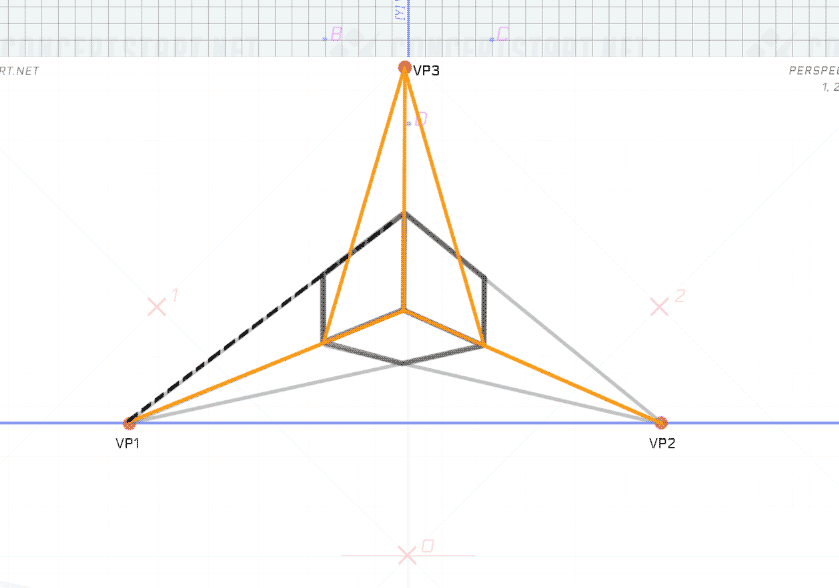
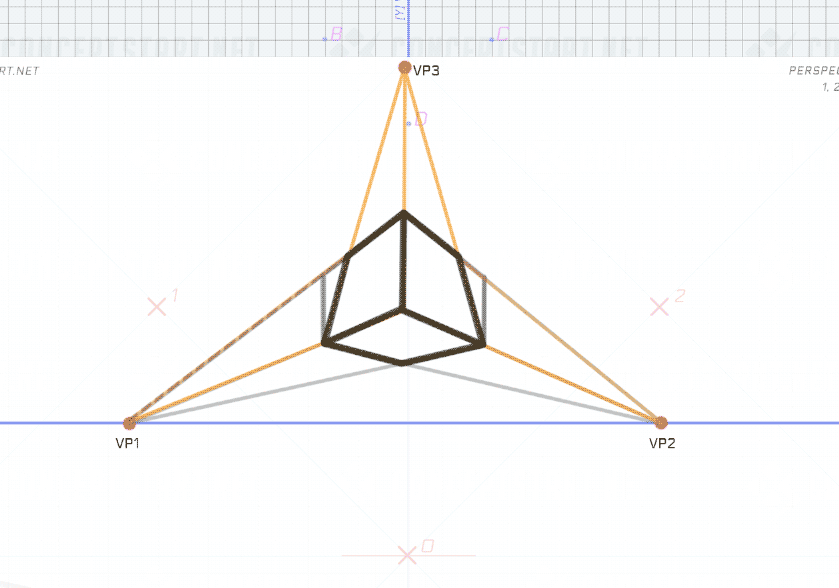
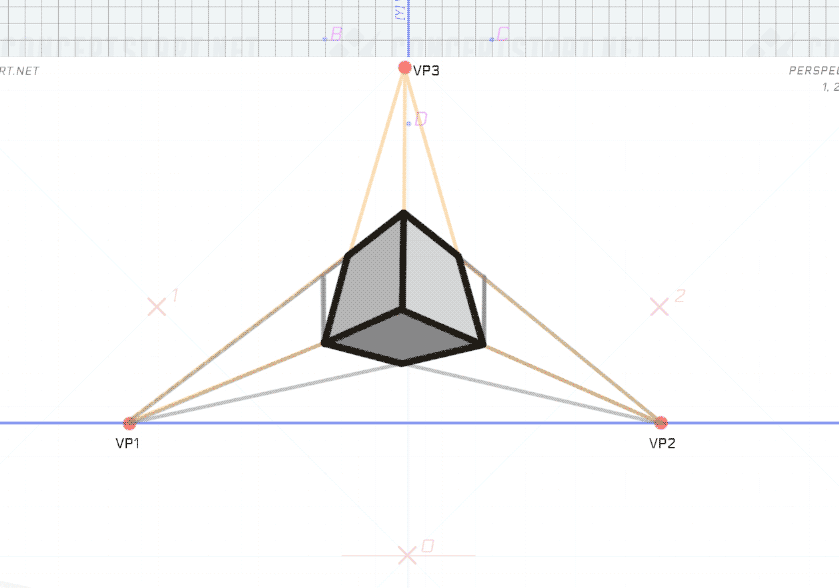
0 Response to "how to draw some 3d shapes"
Enregistrer un commentaire